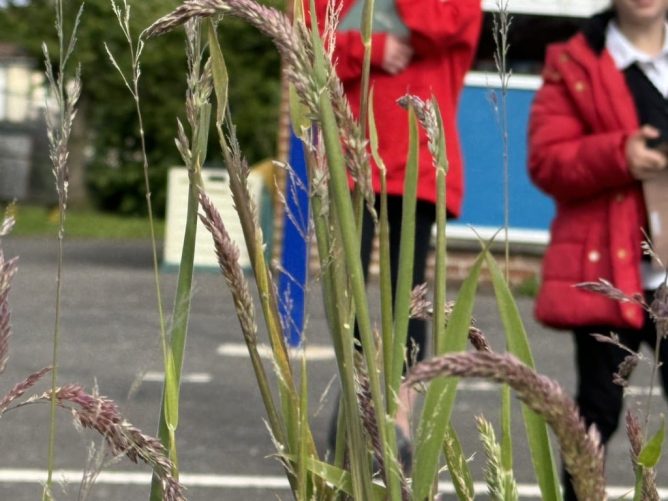Read: Clear by Carys Davies ★★★★★ 📚
I loved this short tale, 1840, 3 characters, the split in the Kirk & the clearances.
There was a word in Ivar’s language for the moment before something happens; for the state of being on the brink of something.

Read: Clear by Carys Davies ★★★★★ 📚
I loved this short tale, 1840, 3 characters, the split in the Kirk & the clearances.
There was a word in Ivar’s language for the moment before something happens; for the state of being on the brink of something.
Read: Bad Actors by Mick Herron ★★★★☆ 📚
Plenty of fun poked at our political leaders. Usual spy fun & shenanigans.
Kauffmann said that France has never officially embraced big tech in schools, which makes the project easier, and that the public generally is skeptic towards monopolies and the abuse of private data. The country is thus undergoing a cultural shift in the digital education sector, promoting the use of free, open, and interoperable code, data, and content, referred to as “digital commons”. This approach encompasses not only free licenses but also community involvement and governance.
How France Adopts An Open Source-Based Education Strategy – Free of Big Tech · Dataetisk Tænkehandletank
Found via a boost from @FourthWorld@mastodon.online might be an exciting move from France. Back in 2014-15 when I was working with Ian Stuart on the Glow Scotland reboot, we talked a lot about OpenSource and, AFAIR, talked to someone who came over from Paris to show us an open source solution they were using there at the time.

My last day of term plan yesterday was a scavenger hunt, Capture the Flag and tidy our MakerSpace.
The scavenger hunt was made in Keynote, a slide for each challenge.
I’ve recently read Digital Scavenger Hunts – DigiLearnFalk which shows how to make really attractive one-slide digital hunts in keynote. Using place holders. They have even some nice templates to use.
My own approach is much less attractive. I wanted quite a long list of ‘things’ to find and wanted to add audio to the video/photo mix. The result is much uglier, but only takes a couple of minutes to make.
I write (or copy from a list or lists found online ) & edit the list in a text editor. Then copy it.
I use Keynote every day in my class. Perhaps unfortunately for my class, I spend very little time designing slides. I mainly choose the default black on white theme. I try to follow the advice of Robert Macmillan and keep my slides simple.
The class didn’t have time on Wednesday to do more than make the slides and then we reviewed them together. Given more time, it could have been a fun task for the pupils to make the slides look good.
Read: The Bee Sting by Paul Murray ★★★★★ 📚
A great read, multiple pov, full of surprises. Inside each character’s head indecision jerks chains. The stories shift between characters, each enough for a novel of its own. At first I felt some were left hanging, but it all weaves together.
Bookmarked First installation of BirdNET-Pi | Simon Dobson.
The BirdNET-Pi system aims to provide out-of-the-box bird identification. It’s slightly more awkward than that, but still pretty straightforward to get up and running.
Might be a nice summer project to take back to school.